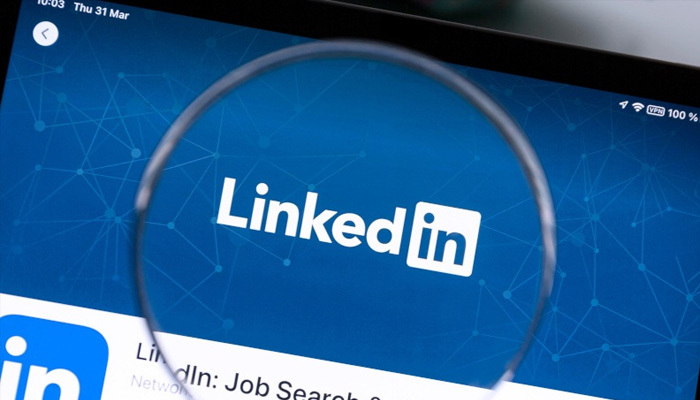LinkedIn has recently introduced a controversial privacy setting that permits the professional social network to utilize users’ data for AI training purposes, as reported by 404Media. This change was implemented without prior user consent, catching many users off guard, as they were not notified in advance of the policy update.

The newly revised privacy policy explicitly states that LinkedIn may use personal data to “improve, develop, and provide products and services,” which includes training AI models and employing automated systems to enhance user personalization on the platform. While users have the option to opt out of this data usage by navigating to the “Data for Generative AI Improvement” setting within the Data Privacy tab, it’s important to note that opting out only impacts future data usage; it does not affect any training that has already been conducted using their data.
To address privacy concerns, LinkedIn emphasizes that it employs “privacy enhancing technologies” to redact or remove personal data from its training datasets. Additionally, the platform has clarified that it does not train AI models using data from individuals residing in the EU, EEA, or Switzerland, which is significant given the stringent data protection regulations in those regions.
Moreover, LinkedIn utilizes various other machine learning tools for content moderation and personalization that operate independently of the generative AI models. Users wishing to opt out of these tools are required to complete a LinkedIn Data Processing Objection Form, adding another layer of complexity for users who want to manage their data privacy on the platform.
This shift in policy has raised concerns about user consent and transparency, particularly as many individuals were not adequately informed about how their data might be used in the context of AI training, potentially leading to wider discussions about data privacy rights across digital platforms.





